Related Research Articles
Camp is an aesthetic style and sensibility that regards something as appealing or amusing because of its heightened level of artifice, affectation and exaggeration, especially when there is also a playful or ironic element. Camp is historically associated with LGBTQ+ culture and especially gay men. Camp aesthetics disrupt modernist understandings of high art by inverting traditional aesthetic judgements of beauty, value, and taste, and inviting a different kind of aesthetic engagement.
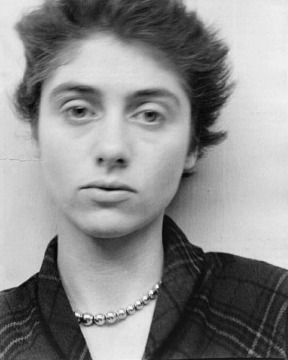
Diane Arbus was an American photographer. She photographed a wide range of subjects including strippers, carnival performers, nudists, people with dwarfism, children, mothers, couples, elderly people, and middle-class families. She photographed her subjects in familiar settings: their homes, on the street, in the workplace, in the park. "She is noted for expanding notions of acceptable subject matter and violates canons of the appropriate distance between photographer and subject. By befriending, not objectifying her subjects, she was able to capture in her work a rare psychological intensity." In his 2003 New York Times Magazine article, "Arbus Reconsidered", Arthur Lubow states, "She was fascinated by people who were visibly creating their own identities—cross-dressers, nudists, sideshow performers, tattooed men, the nouveaux riches, the movie-star fans—and by those who were trapped in a uniform that no longer provided any security or comfort." Michael Kimmelman writes in his review of the exhibition Diane Arbus Revelations, that her work "transformed the art of photography ". Arbus's imagery helped to normalize marginalized groups and highlight the importance of proper representation of all people.
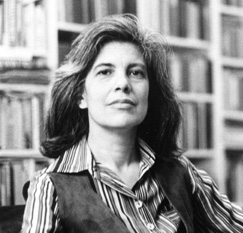
Susan Lee Sontag was an American writer, critic, and public intellectual. She mostly wrote essays, but also published novels; she published her first major work, the essay "Notes on 'Camp' ", in 1964. Her best-known works include the critical works Against Interpretation (1966), On Photography (1977), Illness as Metaphor (1978) and Regarding the Pain of Others (2003), as well as the fictional works The Way We Live Now (1986), The Volcano Lover (1992), and In America (1999).
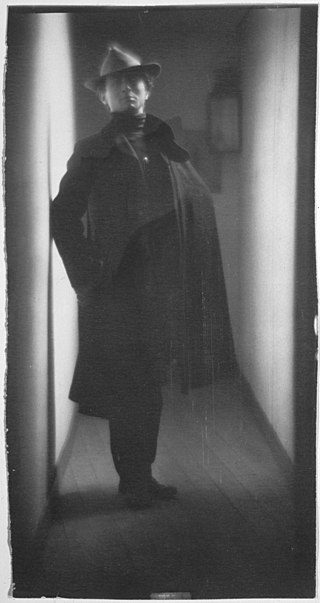
Edward Jean Steichen was a Luxembourgish American photographer, painter, and curator. He is considered among the most important figures in the history of photography.

Lewis "Duke" Baltz was an American visual artist, photographer, and educator. He was an important figure in the New Topographics movement of the late 1970s. His best known work was monochrome photography of suburban landscapes and industrial parks which highlighted his commentary of void within the "American Dream".

The Family of Man was an ambitious exhibition of 503 photographs from 68 countries curated by Edward Steichen, the director of the New York City Museum of Modern Art's (MoMA) department of photography. According to Steichen, the exhibition represented the "culmination of his career". The title was taken from a line in a Carl Sandburg poem.
Rosalind Epstein Krauss is an American art critic, art theorist and a professor at Columbia University in New York City. Krauss is known for her scholarship in 20th-century painting, sculpture and photography. As a critic and theorist she has published steadily since 1965 in Artforum,Art International and Art in America. She was associate editor of Artforum from 1971 to 1974 and has been editor of October, a journal of contemporary arts criticism and theory that she co-founded in 1976.

Fashion photography is a genre of photography that portrays clothing and other fashion items. This sometimes includes haute couture garments. It typically consists of a fashion photographer taking pictures of a dressed model in a photographic studio or an outside setting. It originated from the clothing and fashion industries, and while some fashion photography has been elevated as art, it is still primarily used commercially for clothing, perfumes and beauty products.

Jack Halberstam, also known as Judith Halberstam, is an American academic and author, best known for his book Female Masculinity (1998). His work focuses largely on feminism and queer and transgender identities in popular culture. Since 2017, Halberstam has been a professor in the department of English and Comparative Literature and the Institute for Research on Women, Gender, and Sexuality at Columbia University. Previously, he worked as both director and professor at The Center for Feminist Research at University of Southern California (USC). Halberstam was the associate professor in the Department of Literature at the University of California at San Diego before working at USC.

Francesca Stern Woodman was an American photographer best known for her black and white pictures featuring either herself or female models.

Linda Williams is an American professor of film studies in the departments of Film Studies and Rhetoric at University of California, Berkeley.

Alfredo Jaar is a Chilean-born artist, architect, photographer and filmmaker who lives in New York City. He is mostly known as an installation artist, often incorporating photography and covering socio-political issues and war—the best known perhaps being the 6-year-long The Rwanda Project about the 1994 Rwandan genocide. He has also made numerous public intervention works, like The Skoghall Konsthall one-day paper museum in Sweden, an early electronic billboard intervention A Logo For America, and The Cloud, a performance project on both sides of the Mexico-USA border. He has been featured on Art:21. He won the Hasselblad Award for 2020.

Mira Schor is an American artist, writer, editor, and educator, known for her contributions to critical discourse on the status of painting in contemporary art and culture as well as to feminist art history and criticism.
Max Kozloff is an American art historian, art critic of modern art and photographer. He has been art editor at The Nation, and Executive Editor of Artforum. His essay "American Painting During the Cold War" is of particular importance to the criticism on American Abstract Expressionism.
Vikky Alexander is a Canadian contemporary artist who now lives in Montreal. She is a member of the Vancouver School and was a Professor of photography in the Visual Arts Department at the University of Victoria in Canada. She has retired from teaching and now holds the title professor emerita.

Afterimage: The Journal of Media Arts and Cultural Criticism is a bimonthly journal of contemporary art, culture, and politics. It publishes features, essays, local and international reportage, exhibition reviews, and book reviews with an emphasis on social dialogue, politically engaged artistic practices, and the role of the artist as cultural critic and curator.
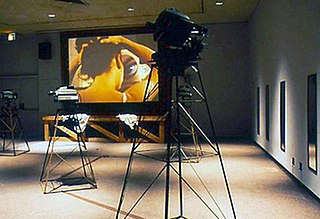
Dorit Cypis is a Canadian-American artist, mediator and educator based in Los Angeles. Her work has collectively explored themes of identity, history and social relations through installation art, photography, performance and social practice. After graduating from California Institute for the Arts (CalArts), she attracted attention in the 1980s and 1990s for her investigations of the female body, presented in immersive installation-performances at the Whitney Museum, International Center of Photography, San Francisco Museum of Modern Art (SFMOMA), and Musée d'art contemporain de Montréal. Counter to much feminist work of the time, Cypis focused on interiority and personal mythologies rather than exterior political realms, and according to art historian Elizabeth Armstrong, made a significant contribution to discourse about the representation of women and female sexuality.
Light Vision was a bi-monthly Australian photography magazine that existed between 1977 and 1978.

Photography in Sudan refers to both historical as well as to contemporary photographs taken in the cultural history of today's Republic of the Sudan. This includes the former territory of present-day South Sudan, as well as what was once Anglo-Egyptian Sudan, and some of the oldest photographs from the 1860s, taken during the Turkish-Egyptian rule (Turkiyya). As in other countries, the growing importance of photography for mass media like newspapers, as well as for amateur photographers has led to a wider photographic documentation and use of photographs in Sudan during the 20th century and beyond. In the 21st century, photography in Sudan has undergone important changes, mainly due to digital photography and distribution through social media and the Internet.
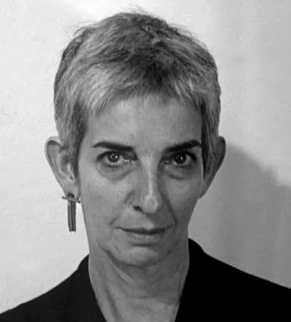
Elke Solomon was an American artist, curator, educator and community worker. She was known for her interdisciplinary practice that combines painting, drawing, object-making, performance and installation. Solomon exhibited widely in the United States and abroad.
References
- ↑ Wheeler, Sarah B. Abigail Solomon-Godeau. In Warren, Lynne; Warren, Lynn (2005), Encyclopedia of Twentieth-Century Photography, 3-Volume Set, Taylor and Francis, pp. 1461–1462, ISBN 978-0-203-94338-0
- 1 2 3 "Abigail Solomon-Godeau". History of Art and Architecture. University of California Santa Barbara.
- ↑ Durden, Mark (2012), Fifty key writers on photography, Routledge, pp. 208–213, ISBN 978-0-415-54944-8
- ↑ "Abigail Solomon-Godeau". John Simon Guggenheim Memorial Foundation. Retrieved 8 April 2023.
- ↑ la Grange, Ashley (2005), Basic critical theory for photographers, London Taylor and Frances, ISBN 978-0-08-046838-9
- ↑ Solomon-Godeau, Abigail (2017), "The Family of Man: refurbishing humanism for a postmodern age", in Parsons, Sarah (ed.), Photography after photography : gender, genre, history, Durham Duke University Press, pp. 43–60, ISBN 978-0-8223-6266-1
- ↑ Parsons, Sarah (2017), Introduction, Photography after photography : gender, genre, history, by Solomon-Godeau, Abigail, Parsons (ed.), Durham Duke University Press, p. 6, ISBN 978-0-8223-6266-1